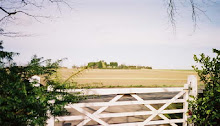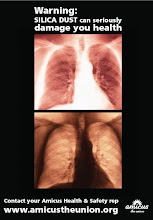FACTS about Silica Sand and Leziate beds:
Leziate predominantly produces silica for glass containers.
It does produce some for foundry useage but with the progressive decline in UK heavy manufacturing, notably the foundry industry, has resulted in a significant decline in the demand for foundry sand.
In contrast there has been a recent increase in the demand for glass sand (silica) which is used for flat screen TVs, computer screens, golf course sand, play glass sand and equestrain dressage.
the largest silica producer is WBB Minerals Ltd which accounts for over 50% of total production. There are around 12 silica sites around the UK of which WBB own 7. The company is a wholly-owned subsidiary of SCR Sibelco, a privately owned Belgian group with silica sand interests worldwide.
The type of silica sand that runs through our region, begins South of Norfolk and runs North-South up to as far as around Snettisham and is Cretaceous silica sand.
Whilst silica for colourless glass is only produced at 7 locations in the UK , this Eastern region alone accounts for nearly 40% of total output in England.
Kings Lynn (Leziate) is one of the very few deposits where there is no associated production of construction sand.
The open caste mining of silica sand in our area, has nothing to do with the construction industry and the growth of Kings Lynn.
Processing plant for silica sand requires high capital investment. Sufficient permitted reserves are required to reflect this investment. For this reason and the fact that there are limited reserves, it would appear that silica sand is deemed a mineral of 'national importance'.
Kings Lynn/Leziate uses hot sulphuric acid leaching and cold acid leaching to process its silica for flat glass.
In 2004 the UK produced 1.9 million tonnes of container glass valued at £615 million of which nearly 70% was colourless (and we already know this eastern region produced 40% of that).
MIN40 at East Winch which is 52.7 hectares shows estimated reserves of 3,000,000 tonnes on silica sand.
MIN42 (Ashwicken, Bawsey, Leziate and Pott Row) is 180 hectares plus MIN94 at Roydon and Congham is 113.6 hectares. Combined, they make almost 300 hectares, 6 times the size making 18,000,000 of estimated reserve. Do your sums - it's not rocket science to realise WHY this really is considered to be a mineral of 'national importance' - MONEY!
Recycled glass (cullet) from bottles could increasingly be used to make new glass, but the excuse for not using this is that the quality is impaired by mixing the wrong colours at the recycling point (green with brown etc.) - that's as sophisticated as it gets!












